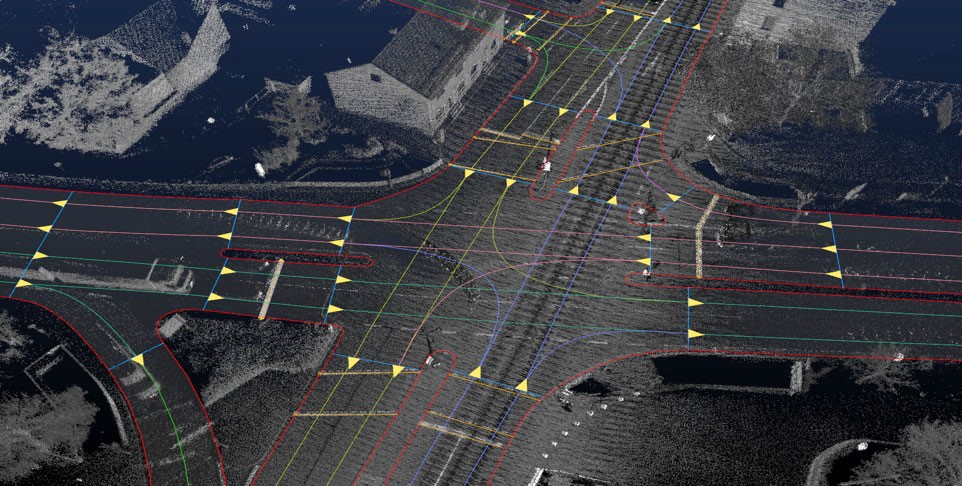
Incessant red stop lights derailing an already tardy commute is a guaranteed way to start the day off on the wrong foot. If that sort of thing burrows in your psyche, then you’ll be pleased to know that a joint research venture from MIT, Ambient Mobility Lab, and Senseable City Lab has proposed a new system to replace traffic lights, while improving road capacity, and reducing traffic. The only catch, we’ll need self-driving cars.
Their system, whose underlying mathematics are published in the PLoS One Journal , describes a slot-based intersection in which autonomous vehicles are linked to, and directed, by a central “nervous system,” so that drivers don’t have to worry about accidents anymore. Each vehicle is assigned a slot before the intersection, while the machine-learning network simultaneously calculates timing to choreograph each vehicle’s arrival, allowing them to cross without ever needing to stop before a red light.
When simulating the system on a computer, the researchers found that the maximum amount of traffic handled by the intersections can be doubled without disrupting efficiency or lengthening the commute. This seemingly contradictory byproduct benefits from the “slower is faster” effect used in aircraft boarding at airports, where it’s faster to board small groups at steady pace than a single crowd all at once.
As a result of the decreased time on the road, emissions should also decrease. “Travel and waiting times would be considerably reduced and fuel consumption would go down,” said Professor Dirk Helbing of the Swiss Institute of Technology. Research has shown time and time again, that the logistics of road traffic and pedestrian movement can be actually streamlined when slowed and synchronized.
The most accurate implementation of the system clearly requires mass dissemination of self-driving vehicles, something that may be decades away. But in the interim, we do have the technology in place to institute a driver-assisted program that groups vehicles in to slots based on the direction they’re driving, limiting speed as they pass through the intersection. “In terms of what kind of technology you would need, you won’t need to wait 20 years,” says Paolo Santi, of the scientists from Ambient Lab. “We don’t need autonomous driving. It’s actually much simpler.”
Even if vehicles were equipped with trajectory and distance tracking sensors, the act of driving ultimately remains under the control of the human, making it easy to disobey the suggested speed limit or change lanes at the wrong time and ultimately disrupt the entire calculation. Nonetheless, MIT is negotiating with a number of cities for where the system could be tested.
“Overall, people would benefit, the environment would benefit, and cities would become more livable,” says Dirk. The Singapore-MIT Alliance for Research and Technology (SMART) contributed to the research.
Advertisement
Learn more about Electronic Products Magazine





